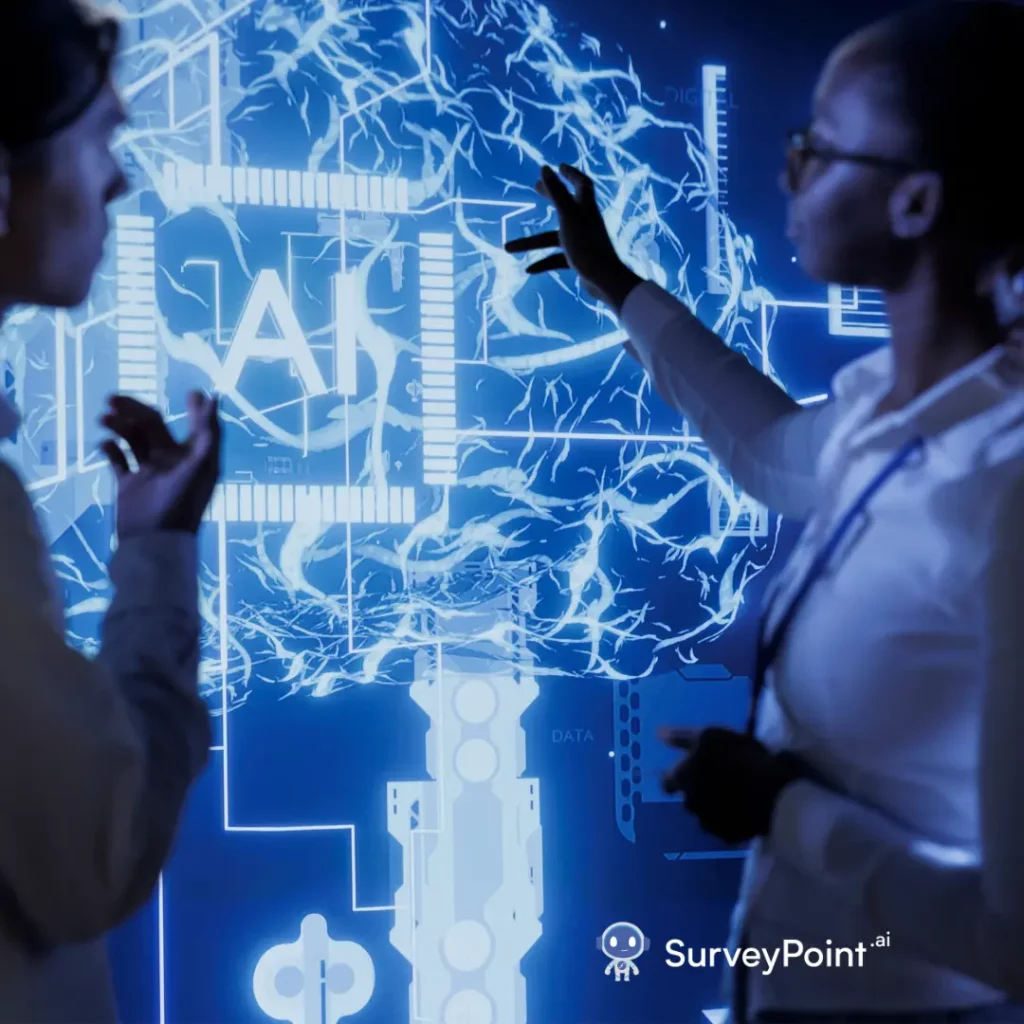
In the ever-expanding universe of machine learning, the delicate interplay between bias and variance holds the key to unlocking the true potential of predictive models. As organisations increasingly rely on data-driven insights, the quest for models that strike the perfect balance between robustness and adaptability becomes more critical than ever.
This comprehensive guide aims to serve as your compass through the intricate terrain of bias and variance, offering a deep dive into their nuances, impacts, and practical strategies for effective management.
The Fundamentals
Understanding Bias:
Bias, often seen as the nemesis of accurate predictions, stems from oversimplified assumptions within a model. This section will explore the various forms of bias, ranging from algorithmic bias to sample bias, providing a solid foundation for readers to recognise and address bias in their models.
Unveiling Variance:
Variance, the yin to bias’s yang, represents the model’s sensitivity to fluctuations in the training data. Readers will gain insights into the manifestations of variance, including overfitting, and understand how it poses challenges to the model’s adaptability in real-world scenarios.
The Bias-Variance Tradeoff
Defining the tradeoff:
The bias-variance tradeoff encapsulates the delicate balancing act between bias and variance. Adjusting one invariably influences the other, leading to a tradeoff that directly impacts the model’s performance. We’ll unravel the intricacies of this tradeoff and its significance in machine learning.
The Goldilocks Zone:
Finding the Goldilocks Zone, the optimal point on the bias-variance spectrum, is a challenge. Striking the right balance is akin to finding the perfect porridge—not too hot (high variance) and not too cold (high bias). This section explores the challenges and strategies to identify and achieve the elusive Goldilocks Zone.
Importance of the Tradeoff
Impact on Model Performance:
Understanding the bias-variance tradeoff is crucial for comprehending its direct impact on model performance. High bias may lead to oversimplification and inaccurate predictions, while high variance can result in overfitting and poor generalization. Real-world examples will illuminate these scenarios.
Overfitting and underfitting:
Extreme bias or variance can lead to overfitting or underfitting, respectively. This section dissects these phenomena, providing practical examples to illustrate the consequences of models that are too rigid or too sensitive to training data fluctuations.
Real-World Examples
Let’s consider some real-world examples to illustrate the concepts of bias and variance in machine learning:
- Linear Regression:
- Bias: If we use a simple linear regression model to predict house prices based only on the number of bedrooms, the model may have high bias because it oversimplifies the relationship between house prices and other important features like location, amenities, etc.
- Variance: On the other hand, if we use a high-degree polynomial regression to fit the training data too closely, the model may have high variance, capturing noise in the training data and performing poorly on new data.
- Image Classification:
- Bias: A model trained to recognise cats in images might have a high bias if it’s too simple and fails to account for various cat breeds, different angles, or lighting conditions.
- Variance: On the contrary, a highly complex model might memorise the training images and perform poorly on new images of cats due to overfitting.
- Medical Diagnosis:
- Bias: A medical diagnostic model designed to identify diseases based solely on a few symptoms may have a high bias, as it might overlook the complexity of various patient histories, genetic factors, and additional symptoms.
- Variance: If the model is trained on a diverse dataset but is too complex, it might overfit to the noise in the data, making it less reliable in diagnosing new patients.
- Stock Price Prediction:
- Bias: Using a simple moving average to predict stock prices might introduce bias, as it ignores more sophisticated patterns and factors influencing the market.
- Variance: Developing a highly intricate model that incorporates every minute market fluctuation might result in high variance, as it could overfit to short-term trends and perform poorly on new, unseen market conditions.
- Natural Language Processing (NLP):
- Bias: A sentiment analysis model trained on a dataset with biassed language may have high bias, as it might generalise sentiments inappropriately based on the biassed training examples.
- Variance: A model trained on a diverse set of texts but with too many features might have high variance, capturing noise and idiosyncrasies of the training data rather than generalising well to new text inputs.
These examples highlight how finding the right balance between bias and variance is crucial for creating machine learning models that generalise well to new, unseen data.
Which is better—bias or variance?
In the context of machine learning, bias and variance are two sources of error that impact the performance of a model.
- Bias: Bias refers to the error introduced by approximating a real-world problem, which may be highly complex, with a simplified model. High bias can lead to underfitting, where the model is too simple and cannot capture the underlying patterns in the data. In other words, the model is not flexible enough to learn from the training data.
- Variance: Variance, on the other hand, refers to the model’s sensitivity to small fluctuations or noise in the training data. High variance can lead to overfitting, where the model performs well on the training data but fails to generalise to new, unseen data. Overfit models are too complex and capture noise in the training data as if it were a real pattern.
The goal in machine learning is to strike a balance between bias and variance to achieve good predictive performance on new, unseen data. This is known as the bias-variance tradeoff. A model with too much bias will not capture the underlying patterns, while a model with too much variance will capture noise in the training data.
So, neither bias nor variance is “better” in isolation. The aim is to find the right balance that minimises both bias and variance, leading to a model that generalises well to new data.
Conclusion
In conclusion, the bias-variance tradeoff is a critical aspect of machine learning that demands careful consideration. Its implications ripple across model accuracy, reliability, and generalization. Navigating this tradeoff is akin to walking a tightrope, requiring a nuanced understanding of the underlying data and task.
Understanding real-world examples and the consequences of imbalances in bias and variance equips practitioners with the tools needed to enhance their models effectively. In the ever-evolving landscape of machine learning, achieving the right balance in the bias-variance tradeoff remains an ongoing journey—one that holds the key to unlocking the full potential of this transformative technology.




